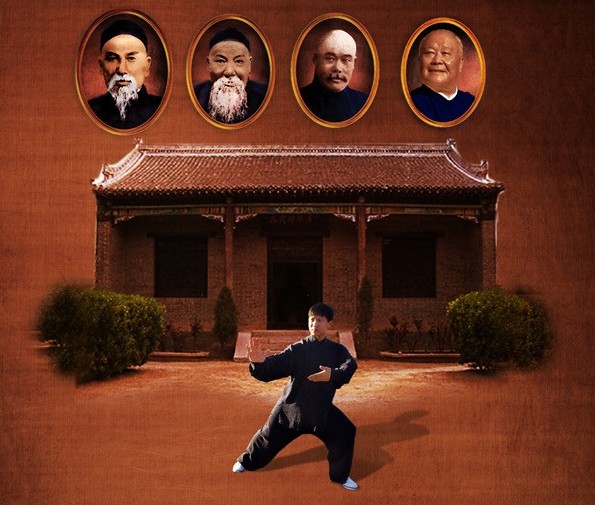Yang Style Tai Chi Chuan
 Yang Style Tai Chi Chuan originated from Yang Luchan (1799-1872). He was born in what is now called Guangfu Town, Yongnian County, Hebei Province and studied with Chen Chanxing, a 14th generation Chen family martial arts master from the Chen Village in Wen County, Henan. Yang Family Tai Chi Chuan began to be spread outside the Yang family when Yang Luchan moved to Beijing and became the head martial arts coach for China’s highest level military guards in the Forbidden City and also taught many relatives and attendants of the Qing Dynasty’s emperor. He noticed the health benefits that many people experienced and began to modify the foot stomping, jumping, and energy-releasing movements so that the form was better suited to people of all ages and levels of physical ability. The movements gradually became slower with the strength on the inside while still maintaining the martial aspects of attack and defense. He developed what is referred to as the “old frame” form.
Yang Style Tai Chi Chuan originated from Yang Luchan (1799-1872). He was born in what is now called Guangfu Town, Yongnian County, Hebei Province and studied with Chen Chanxing, a 14th generation Chen family martial arts master from the Chen Village in Wen County, Henan. Yang Family Tai Chi Chuan began to be spread outside the Yang family when Yang Luchan moved to Beijing and became the head martial arts coach for China’s highest level military guards in the Forbidden City and also taught many relatives and attendants of the Qing Dynasty’s emperor. He noticed the health benefits that many people experienced and began to modify the foot stomping, jumping, and energy-releasing movements so that the form was better suited to people of all ages and levels of physical ability. The movements gradually became slower with the strength on the inside while still maintaining the martial aspects of attack and defense. He developed what is referred to as the “old frame” form.
Yang Lu Chan’s sons Yang Banhou and Yang Jianhou and his grandsons Yang Shaohou and Yang Chengfu all worked to develop and spread Yang Family Tai Chi Chuan. Yang Banhou developed a small frame form and Yang Jianhou developed a middle frame form. It was Yang Chengfu (1893-1936), Yang Luchan’s grandson, who standardized and popularized the current large frame form and travelled beyond Beijing to spread it widely. Yang Zhenduo, the 4th generation lineage inheritor continued to spread the art throughout China and began travelling outside of China to teach internationally. Today, the international spread of Yang Family Tai Chi Chuan continues with the work of the 5th generation lineage inheritor, Grandmaster Yang Jun, the first generation to live outside of China.
Yang style is the most widely practiced style of Tai Chi Chuan in the world today. Yang style’s movements are large, extended, graceful, simple, clear, and carefully structured. The movements are gentle, relaxed, flowing, and performed at an even pace while still maintaining martial aspects.
